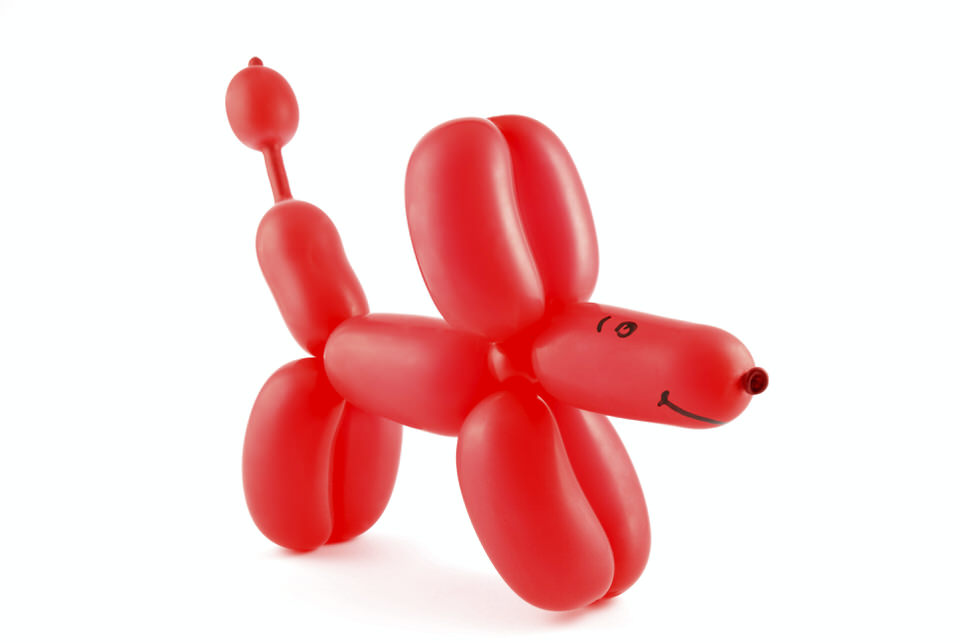Next time you’re clowning around, be sure not to imitate any other clowns, or you could be held liable!
All kidding aside, most artistic performers, and (according to Wikipedia) particularly clowns, participate in an unspoken Code of Non-Infringement. Essentially this means that each performer will try not to copy the performance attire, mannerisms, and decorations of the other. But believe it or not, the “Code” is something which has legal backing.

While not technically “infringement”, which is generally a right reserved for registered intellectual property protection, clowns (and anyone else in a profession or trade) enjoy a form of protection called trade dress or unfair competition. That is to say, the particular manner of dress or mannerisms which define that particular performer, or even a particular business, are distinguishing factors which set that particular business apart from others. The law seeks to protect those interests and encourages competition by requiring businesses to develop their own particular get-up, packaging, or style. These “distinguishing guises” can be the particular colour and shape of an apron worn by store clerks, patterns in linen, magazine cover arrangements, colour and shape of wrapping paper, the features of the interior and exterior of a restaurant, and yes, potentially, the distinguishing motley or apparel of a particular clown.
While there might be some argument to suggest that the trade dress of a clown is predominantly hackneyed or non-unique (everyone wears a red nose and has a squirting flower these days), there could be some clown out there with a brand new idea that sets him apart from all the other clowns. Then who would be the fool, the fool, or the fool who copies the fool?
For more on trademarks, contact me.


